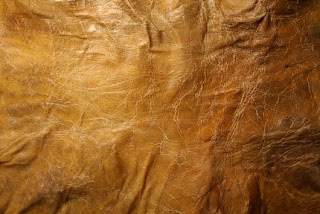
1. What is texture?
Texture is the way a surface, surface, or piece of cloth feels when you touch it, for example how rouph, smoth, hard, or soft it is.
2. How does shooting texture take photography one step further?
Shooting texture takes photography a step further by conveying to the viewer not only how something looks, but also how it feels to the touch.
3. What is the bonus of photographing bricks?
The bonus of photographing bricks is that they create patterns and symmetrical shapes.
4. Name one plant texture you can photograph, explain why the texture is interesting.
A plant texture you can photograph is plants with large leaves because they tens to have coarse leaves which can catch the eye's attention more easily.
5. What is one touchable quality of paint?
A touchable quality of paint can be an old, peeling fence.
6. Why does stone lend itself to texture studies?
Stone lends itself ti texture studeies because it can be cold, hard, smooth, or chipped.
7. What are some aspects of wood that are inspiring?
Aspects of wood that are inspiring are its different settings: the twisted roots, roughly chopped fire piles, shavings and splinters in the carpenter’s yard, smoothly sanded new grain, visible gnarls and knots, or a slickly varnished chair leg.
8. List 3 fabrics you can photograph here at school.
Three fabrics that can be photographed al school can be the school uniforms, sports jerseys, and the carpets.
9. List 1 quality that rope has. Whare can rope be found in the school?
A quality the rope has is that it can be rough and fraying, or smooth and waxed. Rope can be found in the auditorium in the school that is used to opperate the stage curtains.
10. Why is metal a good material to photograph?
Metal is a good material to photograph beacuse it is cool, smooth and reflective, tarnished and dull, and easily gives its age.
No comments:
Post a Comment